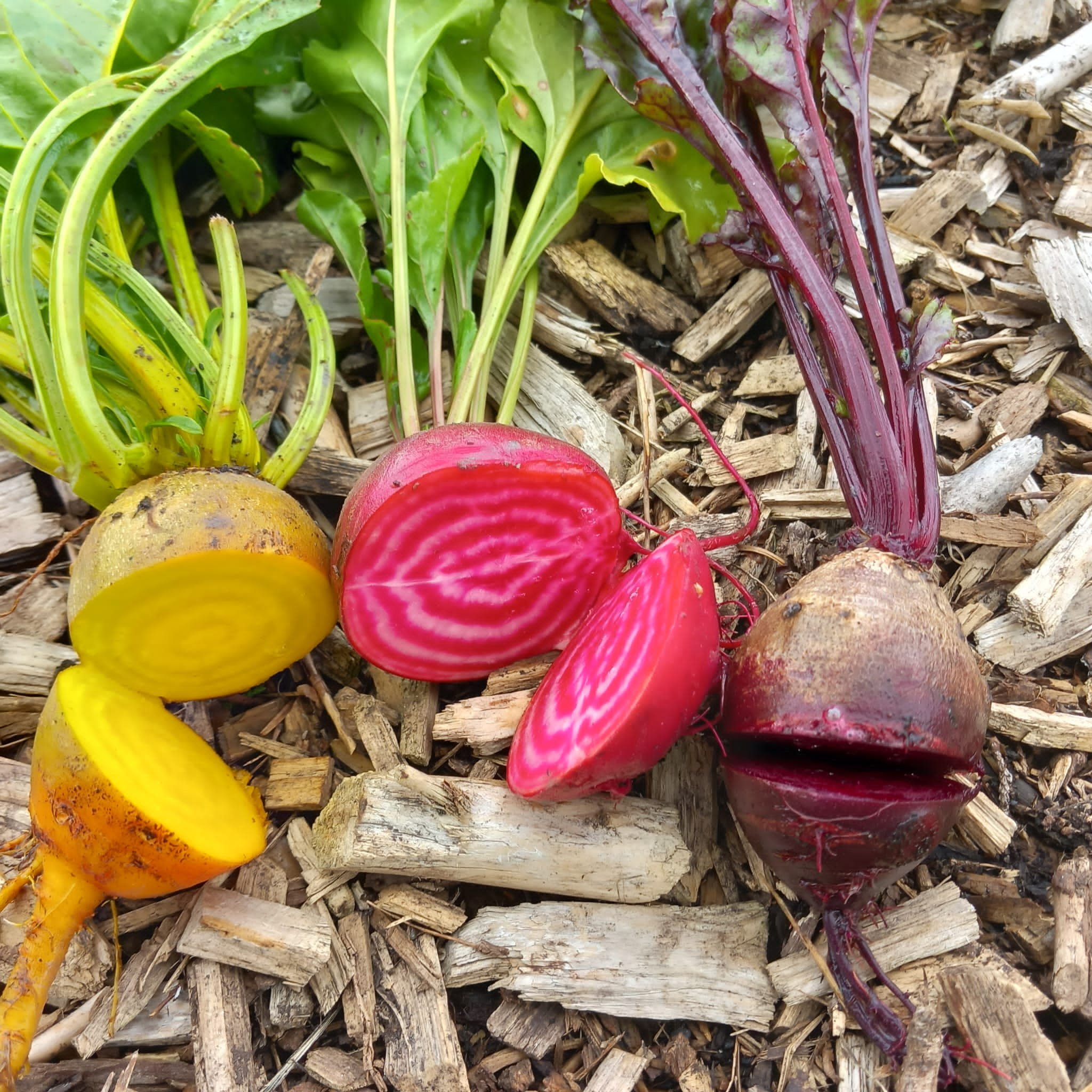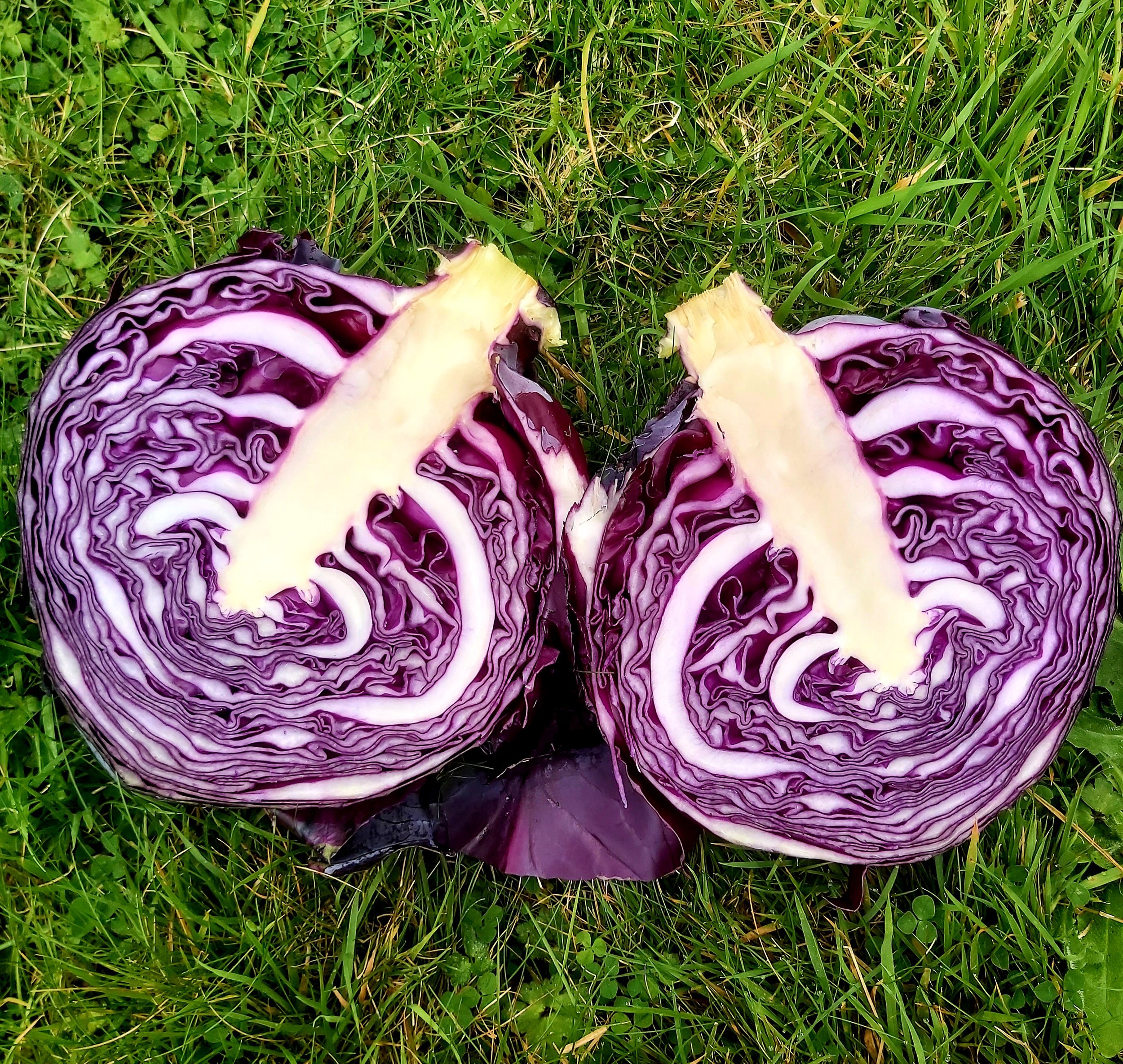
Celery
A staple in many dishes, celery is famous for its aromatic flavour as well as its many health benefits. The juice, seeds and stalks of celery carry numerous great nutritional qualities. Celery is an excellent source of Vitamin-K, which helps increase bone mass and also has an established role in Alzheimer's disease patients by limiting neuronal damage in the brain.

Courgette
5 Easy Ways to Include Courgettes in Your Diet:• Grate it into salads• Spiralise into noodles or spaghetti• Bake into bread, cakes, pancakes, fritters or muffins• Stuffed courgettes• Add to curries, soups or stews

Rainbow Chard
This beautiful green leafy vegetable contains high levels of vitamin K, a vitamin that promotes bone health by supporting calcium absorption. Rainbow Chard is also rich in lutein and zeaxanthin, carotenoids which play a role in maintaining eye health. Regular intake of green leafy vegetables can optimise gut health and boost satiety.

Kohlrabi
Kohlrabi is rich in folate and vitamin C as well as soluble and insoluble fibre. Like all cruciferous vegetables, kohlrabi contains a compound called sulphoraphane which can neutralise toxins, protect cells and reduce inflammation.

Kale
A nutritional powerhouse, Kale is an excellent source of vitamins A,B6,C, K and folate. This green leafy plant is loaded with beneficial plant compounds, minerals and antioxidants. Kale has many possible health benefits including lowering cholesterol levels, improving skin health, type 2 diabetes prevention and improving bone density.

Beetroot
Red, white, golden or candy-cane stripe, this earthy vegetable will brighten up any plate. Beets provide a range of researched health benefits including lowering blood pressure, reducing inflammation and improving athletic performance.

Winter Squash
Winter squashes are an excellent source of the antioxidant beta-carotene. Beta-carotene plays a key role in collagen production as well as neutralising harmful free radicals that accelerate the aging process. Therefore including foods in your diet that contain beta-carotene can support skin texture and reduce signs of aging.

Garlic
A natural prebiotic, garlic can support a healthy microbiome as it contains fibre that feeds beneficial gut bacteria. It can also kill off hostile bacteria such as H-Pylori and Campylobacter (food poisoning) infections.

Red Cabbage
Red cabbage contains high levels of anthocyanins, flavonoids with potent antioxidant properties. Anthocyanins have been studied for anti-diabetic, antimicrobial, and anti-obesity and blood pressure lowering effects. It has also been reported that anthocyanins increase blood flow to activated brain areas that control memory, language and attention.

A Guide to Flourishing Gut Health
Most of us have heard the term “gut health” and know that it’s important to keep it functioning optimally. But did you know that 80% of your immune system is in the gut and the majority of the body’s serotonin too? Ensuring the gut is healthy is usually my first priority as a practitioner. Ensuring we are extracting nutrients from our food is only the tip of the iceberg with in comes to gut health.

Sharing Healthy Living With Your Family
As parents, we play the biggest role in ensuring our children are happy and healthy. This responsibility can be daunting and challenging but remember, helping our children to develop healthy diet and lifestyle habits will stand to them for years to come.